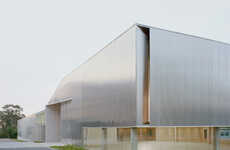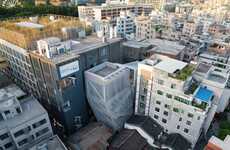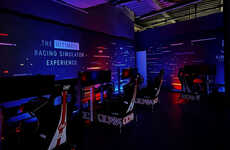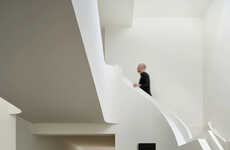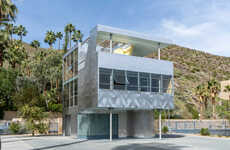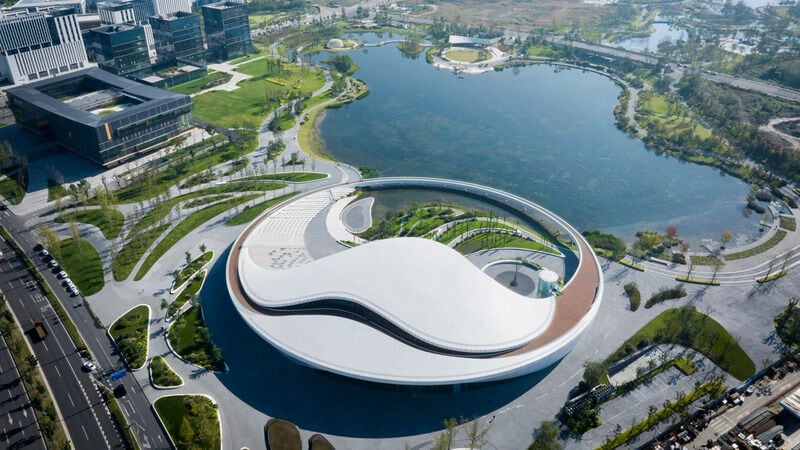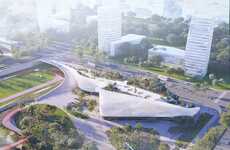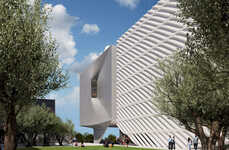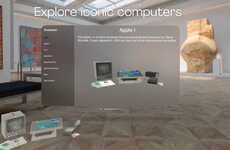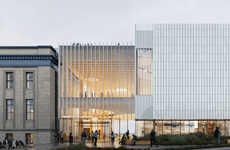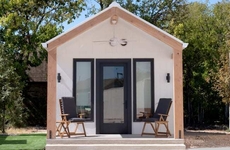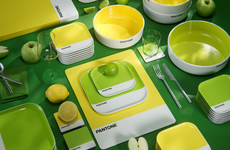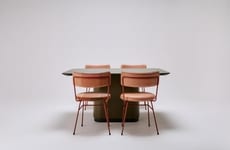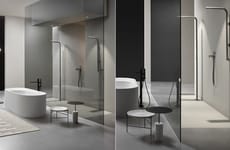
Muda Architects Completes the Tianfu Museum of Chinese Medicine
Amy Duong — April 10, 2024 — Art & Design
References: muda-architects & dezeen
Chengdu design studio Muda Architects completed the Tianfu Museum of Chinese Medicine located in Pengzhou, China. The most defining feature of the design is the overall structure, made with the influence of the yin-yang symbol. The museum is right beside the Huitong Lake and the contents of the space display the history of Chinese medicine whilst celebrating the area as a 'spiritual emblem for the region.'
The museum has a circular structure and it breaches across land and water to further represent the yin-yang symbol and the balance that is at the core of holistic Traditional Chinese Medicine practices. The top of the museum is detailed ith an undulating roof detailed with perforated aluminum panels that connect to the walkway.
Lu Yun, one of the founding partners speaks about the design's concept to Dezeen, stating "The circular form of the building and the circular walkway surrounding it symbolise the Taiji diagram, which is a visual representation of yin and yang. This circularity reflects the dynamic interplay between opposing forces, where yin represents darkness, passivity, and femininity, while yang represents light, activity, and masculinity."
Image Credit: Arch-Exist
The museum has a circular structure and it breaches across land and water to further represent the yin-yang symbol and the balance that is at the core of holistic Traditional Chinese Medicine practices. The top of the museum is detailed ith an undulating roof detailed with perforated aluminum panels that connect to the walkway.
Lu Yun, one of the founding partners speaks about the design's concept to Dezeen, stating "The circular form of the building and the circular walkway surrounding it symbolise the Taiji diagram, which is a visual representation of yin and yang. This circularity reflects the dynamic interplay between opposing forces, where yin represents darkness, passivity, and femininity, while yang represents light, activity, and masculinity."
Image Credit: Arch-Exist
Trend Themes
1. Circular Architecture Designs - Exploration of circular structures inspired by symbolic representations such as the yin-yang symbol.
2. Cultural Heritage Showcases - Incorporating history and tradition in architectural designs to create immersive spaces.
3. Spiritual-infused Environments - Creating spaces that serve as spiritual emblems, reflecting values and beliefs through architecture.
Industry Implications
1. Architecture and Design - Opportunities to blend symbolism and cultural significance in innovative building structures.
2. Heritage and Tourism - Utilizing historical narratives to enhance visitor experiences and promote cultural appreciation.
3. Wellness and Health - Integrating spiritual elements in healing environments to foster holistic well-being practices.
3
Score
Popularity
Activity
Freshness

